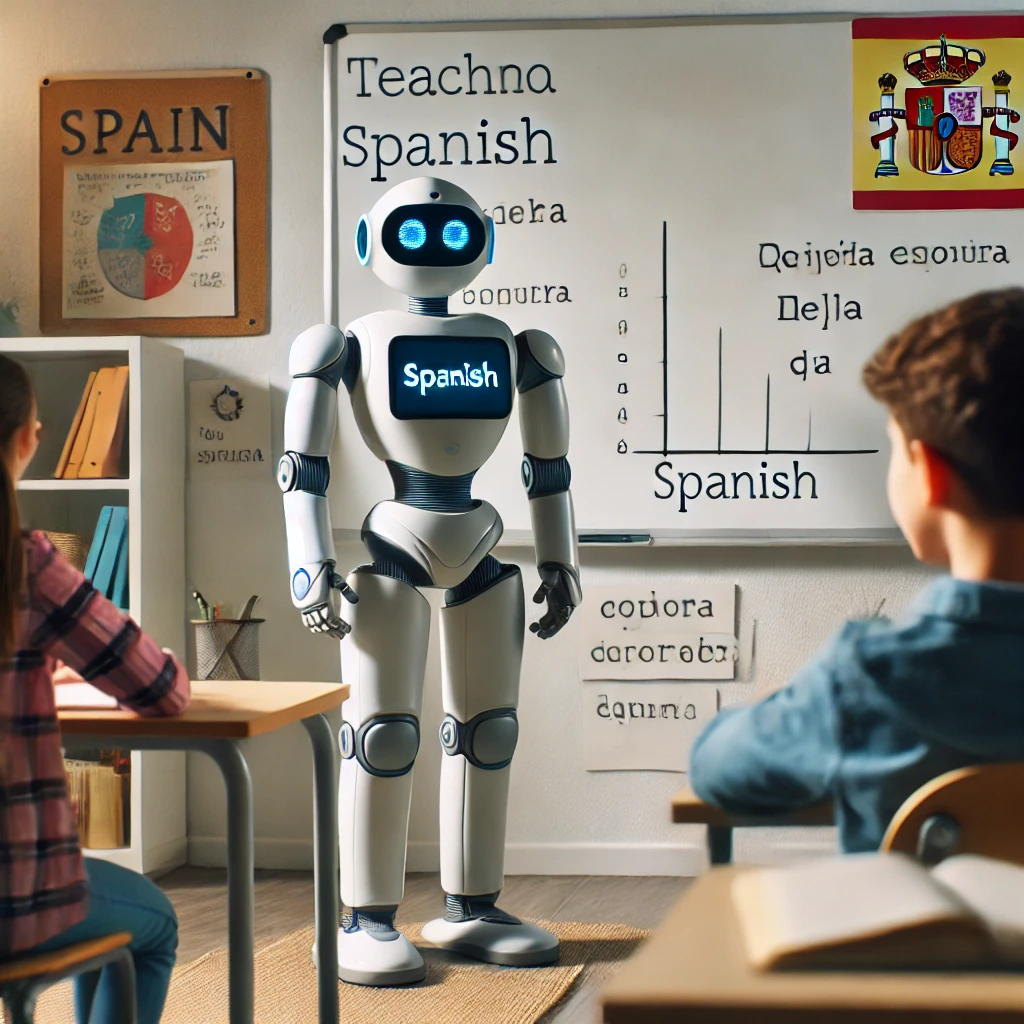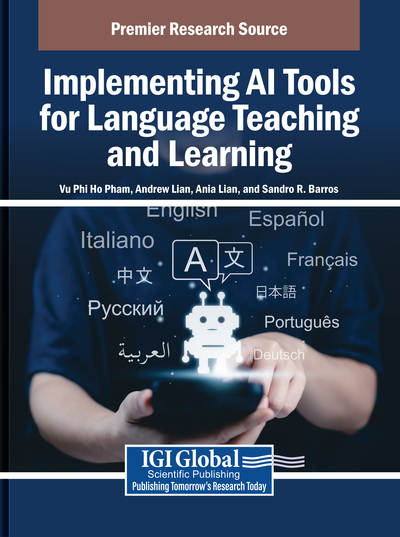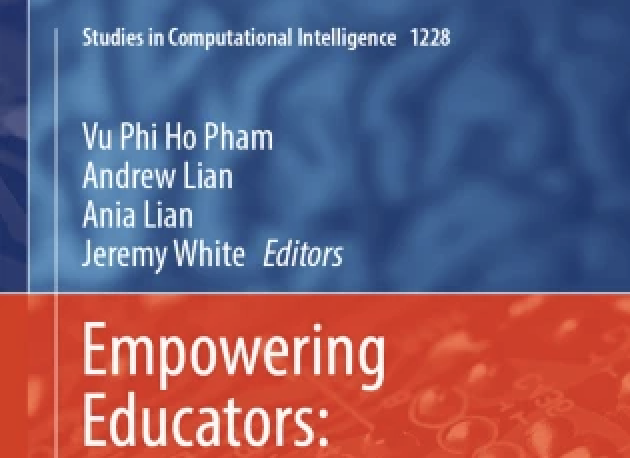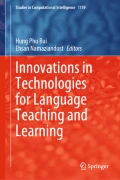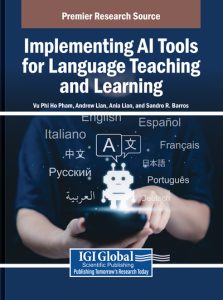 The implementation of artificial intelligence (AI) tools has revolutionized language education. For teachers and students, it provides more options for personalized learning that can be utilized inside or outside of the classroom with real-time feedback. While AI has been pivotal in making language education accessible for students, including those in special education, it has its drawbacks in terms of algorithm bias, decreased human interaction, and security concerns. This calls for responsible use of AI in language education and further professional development for teachers to enhance their experience of language learning.
The implementation of artificial intelligence (AI) tools has revolutionized language education. For teachers and students, it provides more options for personalized learning that can be utilized inside or outside of the classroom with real-time feedback. While AI has been pivotal in making language education accessible for students, including those in special education, it has its drawbacks in terms of algorithm bias, decreased human interaction, and security concerns. This calls for responsible use of AI in language education and further professional development for teachers to enhance their experience of language learning.
Implementing AI Tools for Language Teaching and Learning explores the advancement of digital technology in language education and the implications it has for the future of learning. It covers various AI-driven applications for language acquisition and translation as well as the impact they may have on students’ cognitive abilities and performance. Covering topics such as essay writing skills, long-short term memory (LSTM) models, and handwritten text recognition, this book is an excellent resource for language educators, policymakers, professionals, researchers, academicians, and more.
Pham, V. P. H., Lian, A., Lian, A., & Barros, S. R. (eds.) (2025). Implementing AI Tools for Language Teaching and Learning. IGI Global. ISBN13: 9798369372609, EISBN13: 9798369372623. DOI: https://doi.org/10.4018/979-8-3693-7260-9


